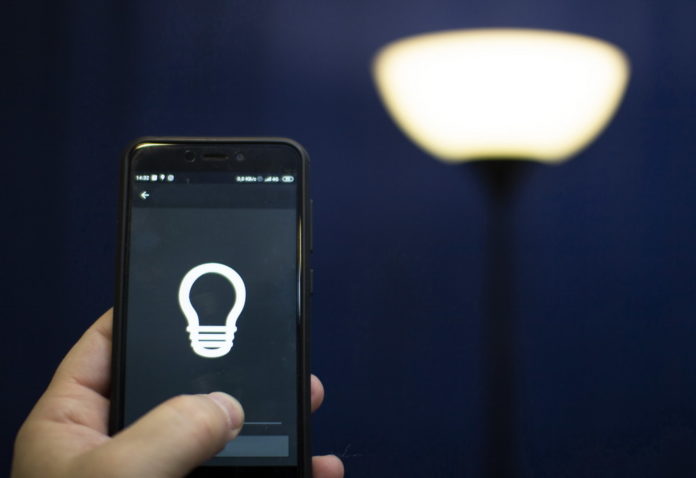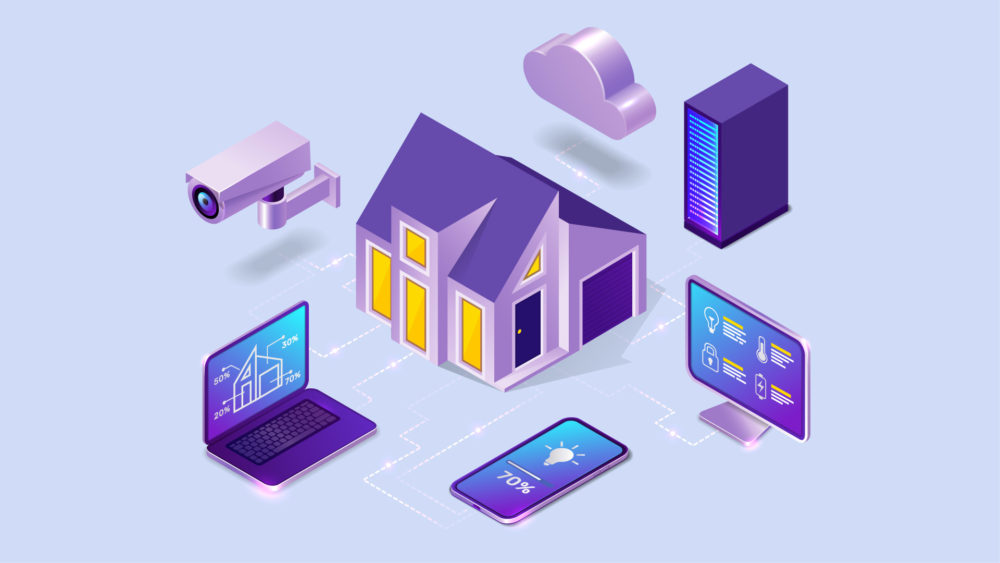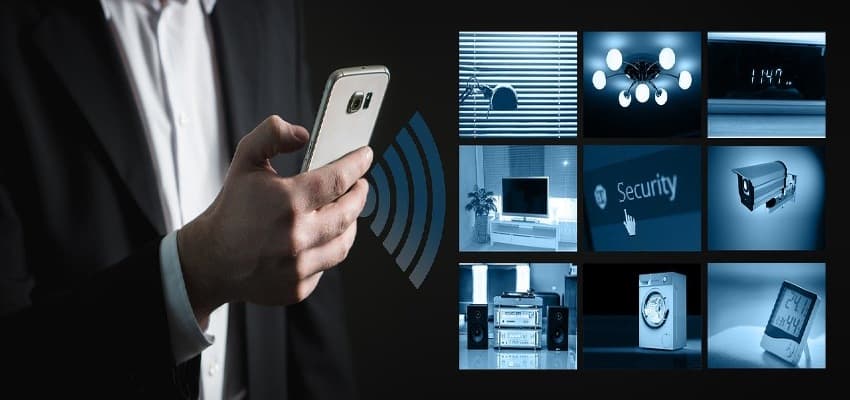
Finding a smart home device that doesn’t utilize a mobile app is not easy these days. The proliferation of mobile technology is such that it just makes no sense for manufacturers to build devices without apps. So it should be no surprise that the mobile app has completely revolutionized smart home design.
The early days of smart home technology featured devices that may or may not have had companion apps. Many of them did not. Among those that did, the apps did not play well together. It was entirely possible to have a house filled with smart devices utilizing separate apps for each one. Such designs are starting to go by the wayside.
You can still buy smart home devices with individual apps, but the market is trending toward consolidation. For example, you can customize your own DIY security and home automation system by purchasing devices from Vivint Smart Home. All of your devices will be managed and controlled through the Vivint Smart Home app.
To say that mobile apps like this one have made an enormous difference in home automation is to state the obvious. For purposes of illustration, here are three specific ways that mobile apps have revolutionized smart home design:
1. Integrated Device Management

Having separate apps for multiple smart home devices creates a situation in which device management becomes unnecessarily complex. Things are made worse by modern devices intended to integrate with one another. For example, consider the smart thermostat and motion sensors normally utilized for security purposes.
In a modern smart home, thermostats and motion sensors can be integrated for the purposes of maintaining temperature control. The thermostat relies on motion sensor data to ‘learn’ the homeowner’s routine. This enables the thermostat to automatically adjust programming.
Making all of this work requires that both kinds of devices be on the same page. It also requires that homeowners have the ability to manage all of their devices from a central location. A mobile app linked to a smart home hub accomplishes both.
2. System Control

Hand-in-hand with integrated device management is a central system control. The brain of any home automation system is the hub that keeps devices connected. A hub also acts as a control system. Your typical hub includes a small screen for bringing up individual devices and modifying their programming or monitoring their behavior.
The beauty of having a companion smart home app is that you get central system control without having to use the hub. Maybe you want to adjust the lighting in your home theater without having to go to where the hub is. Just pull out your smartphone, bring up the app, and make your adjustments.
The implications of this sort of thing should be obvious. A mobile app gives you complete system control no matter where you are. You could be half-way around the world and still access your smart home system. All you need is your mobile device and an internet connection.
A companion app makes it possible for you to remotely:
- view live and recorded video from your cameras
- interact with a visitor through your video doorbell
- adjust thermostat settings or override the programming
- turn lights on and off at will.
You can control every aspect of the smart home system remotely if your system has a companion app. This one feature alone has completely revolutionized the way manufacturers design new devices.
3. End-User Ease-of-Use

It is hard to decide which characteristic of the smartphone mobile app is most attractive. But if forced to pick, it is a safe bet that some consumers would choose ease-of-use. Integrating smart home technologies with mobile apps is a stroke of genius that takes advantage of our long-standing comfort with mobile devices.
The vast majority of American consumers own smartphones. We have become accustomed to using them for everything from checking e-mail to shopping online. Best of all, mobile apps all follow the same basic principles of operation. Features may be different, but they all work by tapping buttons and scrolling through pages.
If you do not think this makes a difference, think again. Think back to when the first programmable thermostats came on the scene. They were all the rage. After all, a programmable thermostat was supposed to save money by allowing you to automatically adjust the temperature based on your lifestyle.
It turns out that consumers were buying programmable thermostats and then not using their built-in functions. Why? Because the actual task of programming was too complicated. Those early thermostats had very small LCD screens and complex menus that users were forced to scroll through using just two buttons. You almost needed a master’s degree to program one.
To this day, programmable thermostats are not utilized to their full potential because programming takes too much effort. Smart home device manufacturers have solved that problem by incorporating programming into a companion mobile app. People are more comfortable programming their devices because they are also comfortable with their smartphones.
Tying It All Together

Tying all of these things together is a basic understanding of the internet of things (IoT). The IoT consists of all those electronic devices that maintain connectivity across the internet. It goes without saying that smart home devices are IoT devices.
If not for the IoT, what we now consider a cutting-edge smart home would not be possible. More importantly, the IoT is only tangible to consumers because of the basic tenants of mobile technology. It is almost as if mobility and the IoT were made for one another.
You and I can access live video feeds from remote surveillance cameras because of what the IoT and mobile technology bring to the table. We can talk to people standing at the front door from miles away for the same reasons. We are a smart home society because we have learned how to use wireless networks and the internet to communicate with electronic devices using our phones. It is truly amazing.








